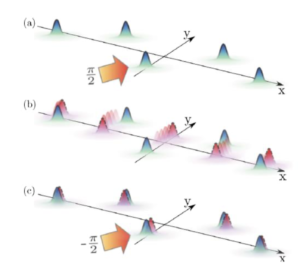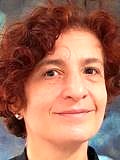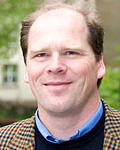B01 – Collective quantum dynamics of structural- and spin-defects in ion crystals
Summary
We characterize defect structures in trapped ion crystals in a common experiment and theory approach. For this purpose, the experimental group will setup a versatile ion trap and work with mixed-species linear crystals composed of up to 50 ions using the atomic ions 40Ca+ and 9Be+. The theory will characterize the dynamics of this system for experimentally-relevant configurations. Our aim is to control and tailor the defects’ cooperative properties which are mediated by the vibrations of the embedding crystal. In turn, we aim at controlling the dynamics of this spin boson system using mass-defects and spin-dependent forces.
Project Leaders
Giovanna Morigi
Universität des Saarlandes
66123 Saarbrücken
- Phone number: +4968130257472
- Email: giovanna.morigi@physik.uni-saarland.de
Ferdinand Schmidt-Kaler
Johannes Gutenberg-Universität Mainz
55128 Mainz
- Phone number: +4961313926234
- Email: fsk@uni-mainz.de
Publications
2023
- , , , , , :
Rydberg ions in coherent motional states: a new method for determining the polarizability of Rydberg ions
In: New Journal of Physics 25 (2023), p. 033020
ISSN: 1367-2630
DOI: 10.1088/1367-2630/acbf06
2022
- , , , , , , , :
Fluorescence calorimetry of an ion crystal
In: Physical Review A 106 (2022), Article No.: 033108
ISSN: 1050-2947
DOI: 10.1103/PhysRevA.106.033108 - , , , , , :
Robust polarization gradient cooling of trapped ions
In: New Journal of Physics 24 (2022), Article No.: 043028
ISSN: 1367-2630
DOI: 10.1088/1367-2630/ac6233
2021
- , , , , , :
Finite-temperature spectrum at the symmetry-breaking linear to zigzag transition
In: Physical Review B 103 (2021), Article No.: 104106
ISSN: 0163-1829
DOI: 10.1103/PhysRevB.103.104106



